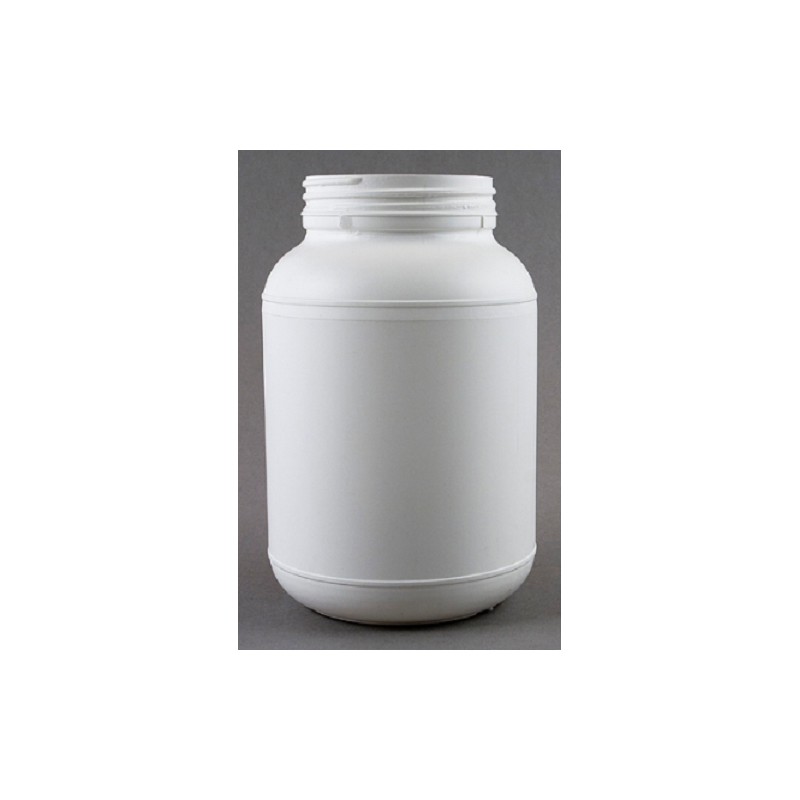
Polysulphide toners work fairly uniformly though the tonal range (unlike selenium or gold) and they also have the rather unusual property of working faster when they are more diluted or partially exhausted.

Kodak recommend for Brown Toner a dilution of around 1+30 (30ml in 946ml water) for 15-20 minutes at 68F/20C but this is reduced to around 3 to 4 minutes at 100F/38C with continuous agitation. Polysulphide toners are used highly diluted Paul. Regardless, thanks for the great and informative reply. "Subsequent supplies of liver of sulphur were so different, that in order to lower the pH to the desired point, this was changed to citric acid, which was added at 600gm in a litre of water until the pH fell to 11.4."Īs if a bit of borax would influence such alkalinity? How about T-8 and its addition of sodium carbonate. However, I am shocked at seeing that Liver of Sulphur in water apparently has a pH near sodium hydroxide? Or what am I forgetting or overseeing? I'm a big believer in "Good enough." There is a time and a place for perfection, and probably university and cinema preservations are good places for perfection. In my research I've come to realize that Liver of Sulfur is a whole lot of possibilities of chemical makeup and misnomers.īut underlying all of the quality control is the fact that even plain vanilla Kodak T-8 works well as a preserver of images. Concentration and acidity are adjusted, the solution left again to settle and re-testing undertaken until the correct balance is achieved. The resulting solution is left overnight, to allow elemental sulphur and impurities to settle out, and then is evaluated against the original borax formula. The rate of addition (very slow) and constant stirring are essential factors. Large amounts of hydrogen sulphide are released and this absolutely must be done in a fume cupboard. Subsequent supplies of liver of sulphur were so different, that in order to lower the pH to the desired point, this was changed to citric acid, which was added at 600gm in a litre of water until the pH fell to 11.4. Original batches of Silverlock were made using borax.
VARNOCK SILVERLOCK PRO
Douglas Nishimura at IPI for generously sharing his time and experience with me on this subject.ġ0kg of liver of sulphur are dissolved in 20 litres of water (or pro rata!) As a result of all these factors IPI no longer make Silverlock.įor academic interest to the make-up artists amongst you, I share an abbreviated description of the production details, which, as you will see, come firmly under the category of dont try this at home! I am indebted to Dr.

There is considerable inconsistency from batch to batch and production of a consistent end product is therefore difficult (note how the colour of Kodak Brown Toner varies from batch to batch for example). sulphurated potash and potassium polysulphide) has no specific formulation and does not come in reagent grade form. Production however is difficult, expensive and time consuming. Although this was designed for microfilm, it has been tested and found to be highly effective for other types of film too. The Image Permanence Institute produced their own polysulphide archival toning product Silverlock. I don't know what facilities you have but perhaps this extract from my Toning book will put you off This is not an easy project for a home darkroom.


 0 kommentar(er)
0 kommentar(er)
